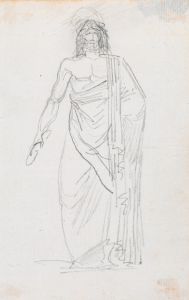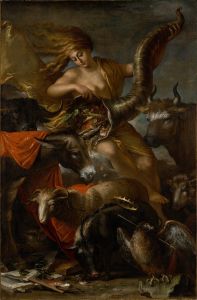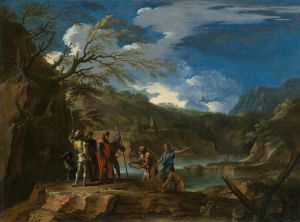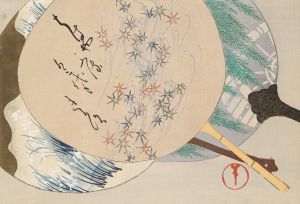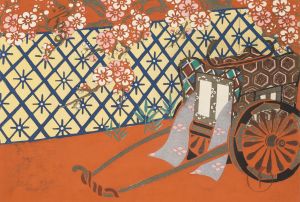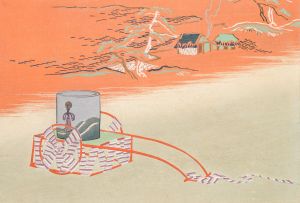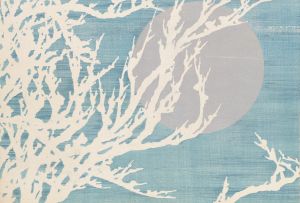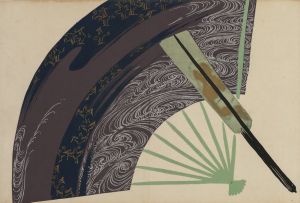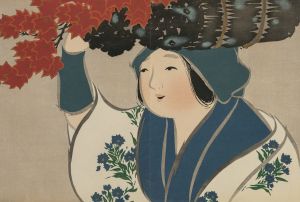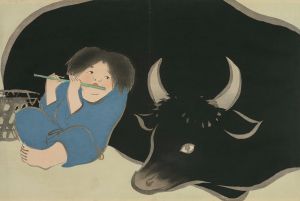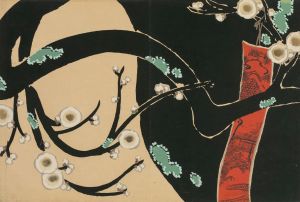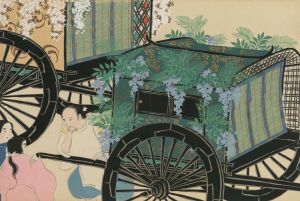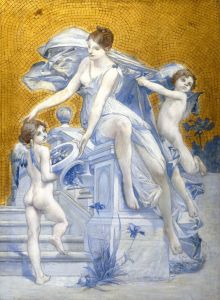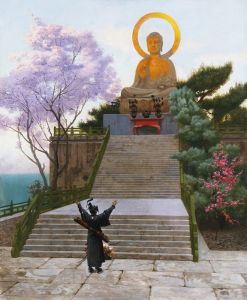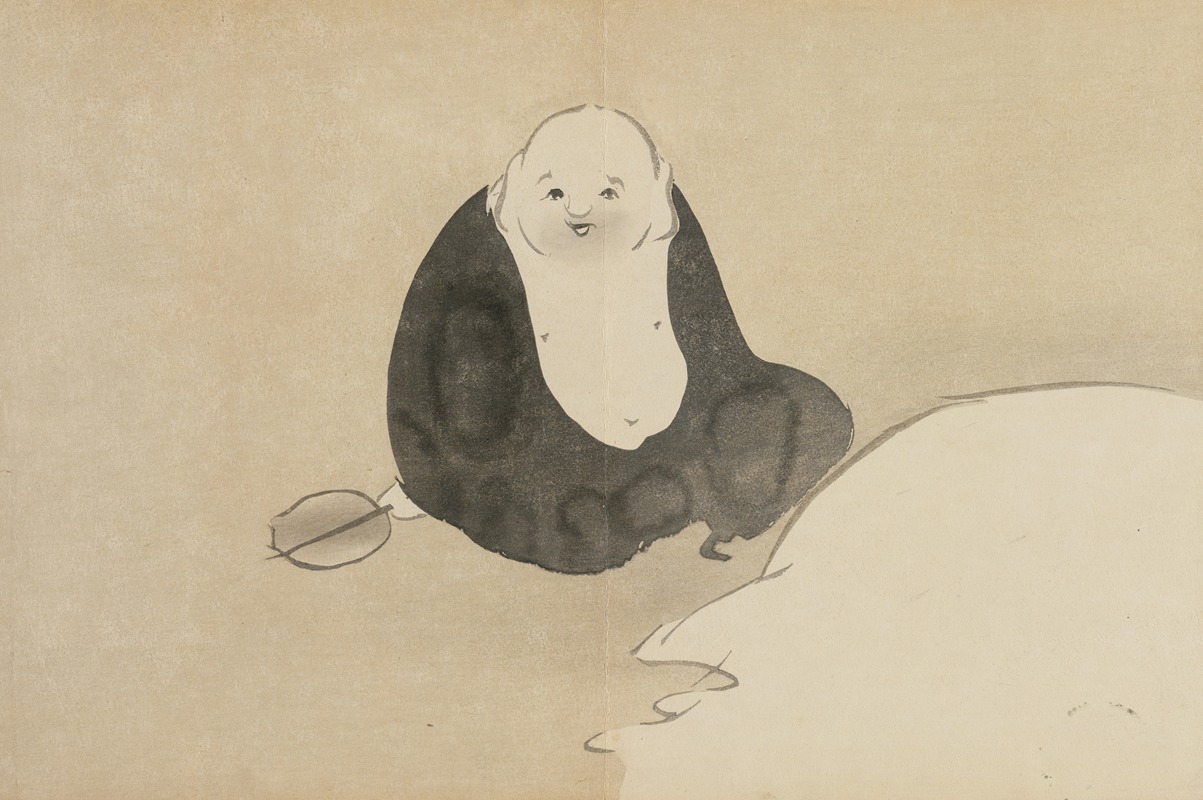
Hotei
A hand-painted replica of Kamisaka Sekka’s masterpiece Hotei, meticulously crafted by professional artists to capture the true essence of the original. Each piece is created with museum-quality canvas and rare mineral pigments, carefully painted by experienced artists with delicate brushstrokes and rich, layered colors to perfectly recreate the texture of the original artwork. Unlike machine-printed reproductions, this hand-painted version brings the painting to life, infused with the artist’s emotions and skill in every stroke. Whether for personal collection or home decoration, it instantly elevates the artistic atmosphere of any space.
Kamisaka Sekka (1866–1942) was a prominent Japanese artist and designer, known for his contributions to the Rinpa school of painting. He played a significant role in the modernization of traditional Japanese art during the Meiji and Taisho periods. Sekka's work is characterized by its vibrant colors, bold designs, and a blend of traditional Japanese aesthetics with Western influences. One of his notable works is "Hotei," which reflects his unique style and artistic vision.
"Hotei" is a depiction of one of the Seven Lucky Gods in Japanese mythology, known as Hotei or Budai in Chinese. Hotei is often associated with happiness, abundance, and good fortune. He is typically portrayed as a cheerful, rotund figure with a large belly, carrying a cloth sack that is said to contain treasures. This figure is a popular subject in Japanese art and is often depicted in various forms, from paintings to sculptures.
In Kamisaka Sekka's rendition of Hotei, the artist employs a combination of traditional Japanese techniques and modern design elements. Sekka was known for his ability to harmonize the old with the new, and this is evident in his portrayal of Hotei. The use of vibrant colors and bold outlines is characteristic of Sekka's style, which was influenced by the Rinpa school. This school of art, which originated in the early Edo period, is known for its emphasis on natural themes, decorative patterns, and the use of gold and silver leaf.
Sekka's "Hotei" is not just a representation of a mythological figure but also a reflection of the cultural and artistic transitions occurring in Japan during his lifetime. The Meiji period was a time of significant change, as Japan opened up to the West and began to modernize rapidly. Artists like Sekka were at the forefront of this transformation, blending traditional Japanese motifs with Western artistic techniques and ideas.
The artwork captures the essence of Hotei's jovial and benevolent nature. Sekka's use of color and form brings a sense of liveliness and joy to the piece, making it a celebration of both the deity and the artistic innovation of the time. The depiction of Hotei in this manner also highlights the enduring appeal of traditional Japanese themes, even as the country was embracing modernity.
Kamisaka Sekka's contributions to Japanese art extend beyond his paintings. He was also involved in various forms of design, including textiles, ceramics, and lacquerware. His work in these areas further exemplifies his ability to integrate traditional Japanese aesthetics with contemporary design principles. Sekka's influence can be seen in the continued appreciation and reinterpretation of Rinpa-style art in modern times.
Overall, "Hotei" by Kamisaka Sekka is a testament to the artist's skill and creativity, as well as his role in the evolution of Japanese art. It serves as a bridge between the past and the present, showcasing the timeless appeal of traditional Japanese culture while embracing the innovations of the modern era.





